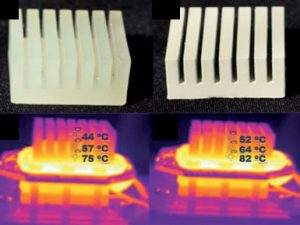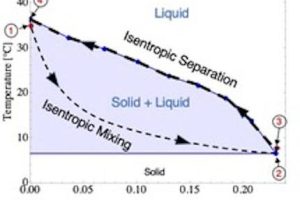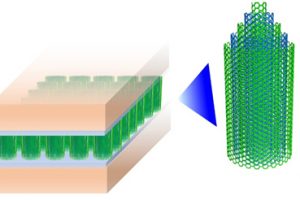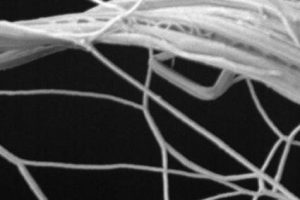
“The key problem we’ve identified, is that improving thermal conductivity alone is not good enough,” said Austin thermal fluids researcher Vaibhav Bahadur. “You need a more holistic understanding of materials to meet electrical, thermal and mechanical requirements.”
Nano-composites are under the microscope – polymers with nanoparticle fillers – some with close to 100 times the thermal conductivity of conventional polymers, according to the university, while retaining polymer-like weight, corrosion performance and ease of fabrication. The team speaks of 10W/mK (commercial) to >50W/mK (research) thermal conductivity compared with 0.1–0.5W/mK in normal polymers.
The Austin team is not creating the materials, but collating and summarising the research and development of others.
“A comprehensive assessment of these new nanomaterials has not been done before,” said Professor Robert Hebner, who has written a report on them with Bahadur. “This article is a roadmap for the development of future materials. We provide a critical review and perspectives to the materials community from an engineering and reliability perspective.”
Bahadur suggests that practical deployment of such materials technology could happen as early as 2030.
The University of Texas at Austin worked with the US Army Research Laboratory.
‘Review of Nanocomposite Dielectric Materials With High Thermal Conductivity‘ is published by the IEEE (pay to view).
 Electronics Weekly Electronics Design & Components Tech News
Electronics Weekly Electronics Design & Components Tech News



